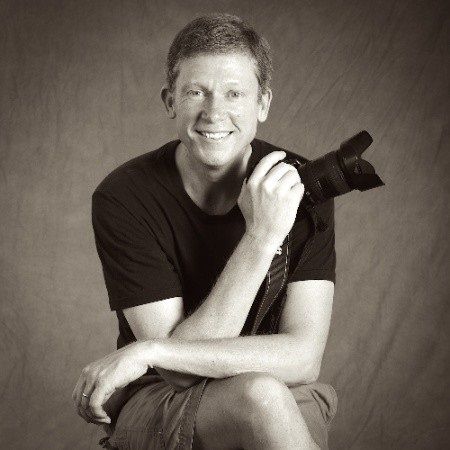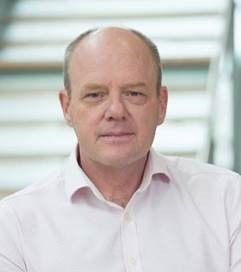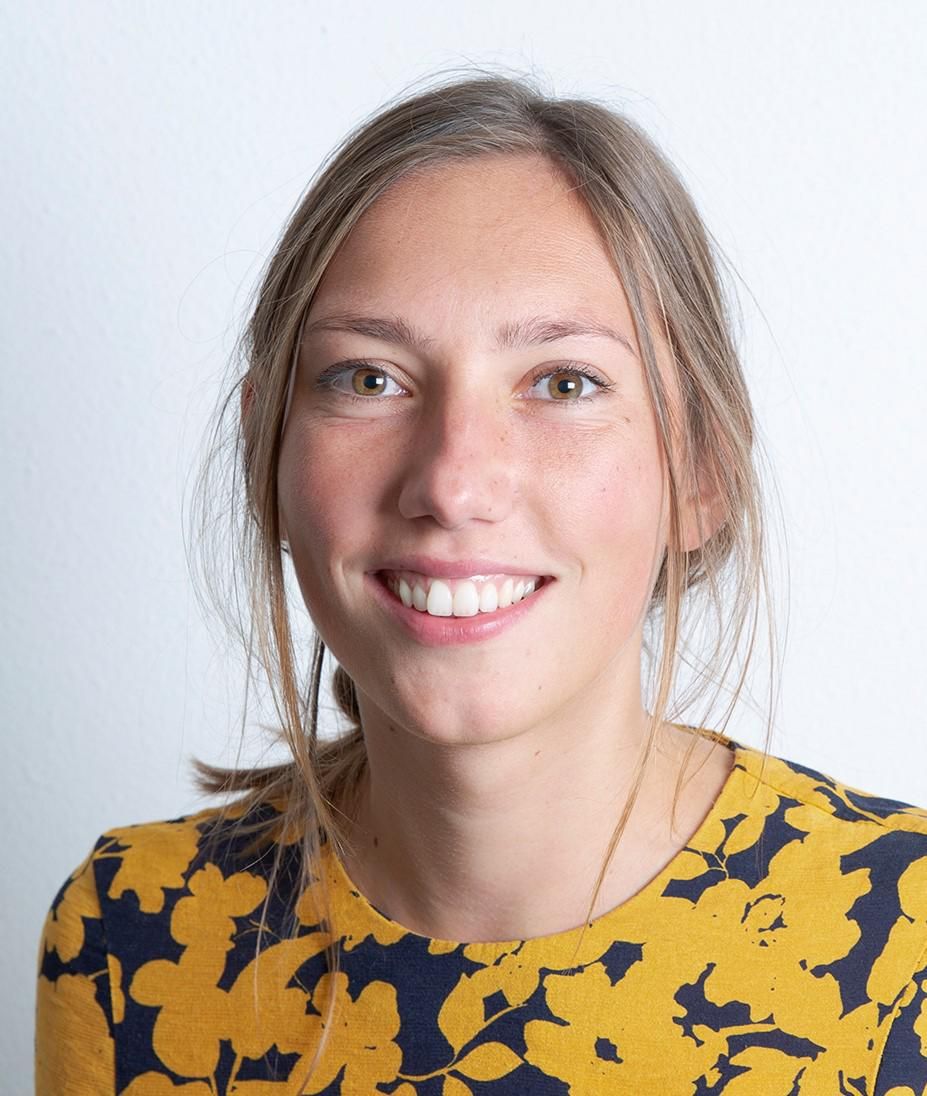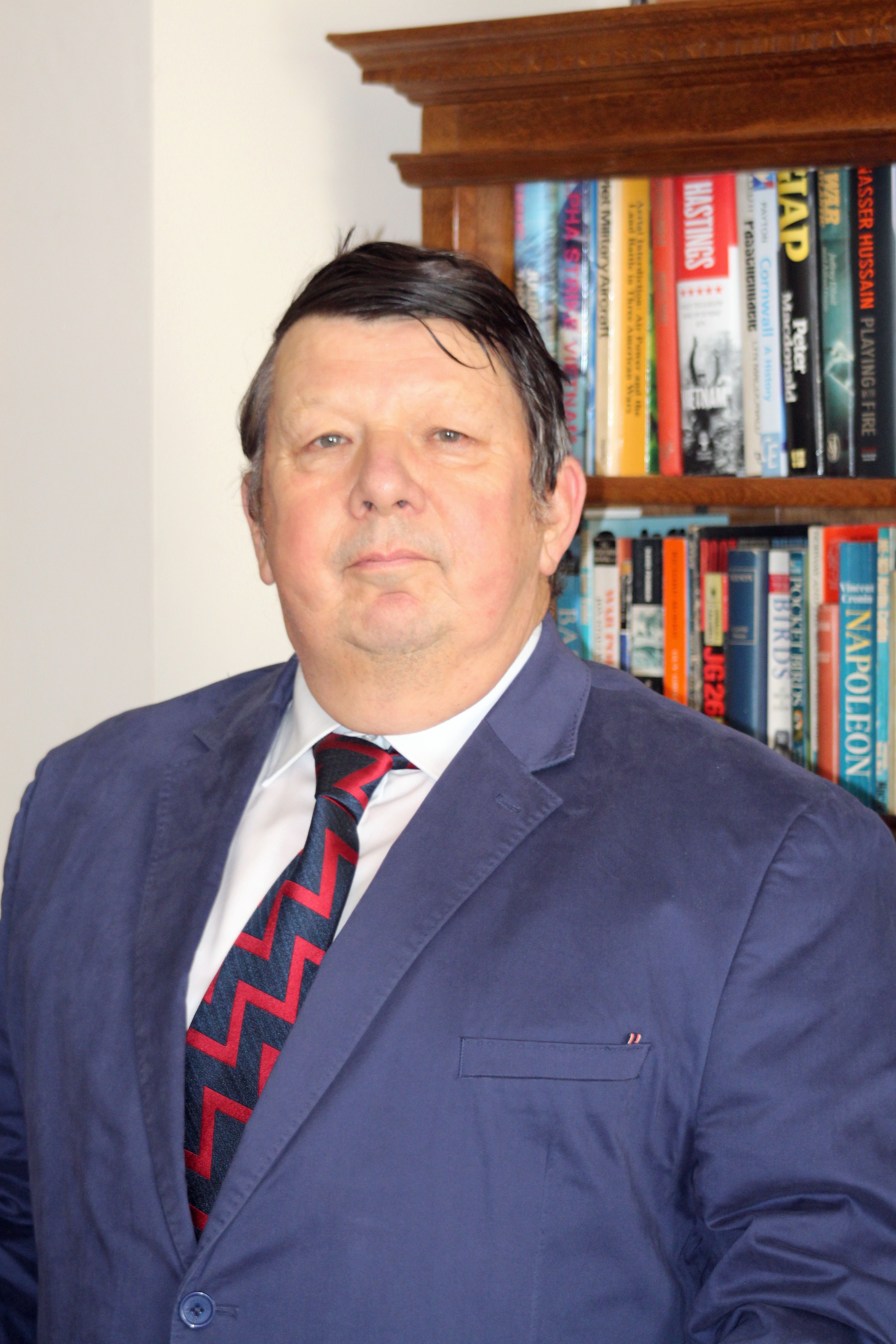DASA Innovation Partner, UK MoD
Mike is an Innovation Partner with the Defence and Security Accelerator (DASA) in the United Kingdom, and works with innovators to find new ideas that could benefit the defence and security communities.
Mike’s early career was as a Royal Air Force (RAF) Regiment officer, providing Force Protection for Royal Air Force assets wherever they are deployed.
He initially specialised in ground based air defence (GBAD), gaining international experience as well as specialist technical and training qualifications. On operational squadrons, he was the specialist lead for all individual and collective continuation training. Later, as the deputy commander of the RAF’s GBAD Wing, he was responsible for overseeing individual and collective training standardisation and assessment for the entire force.
Mike also specialised in chemical, biological, radiological and nuclear (CBRN) defence. In one senior staff appointment, he led the collective training effort for multinational CBRN forces assigned to NATO’s Response Force. His last role before leaving was as the British Army Land Warfare Centre lead for collective training in Air-Land Integration.
Joining the UK Defence Science and Technology Laboratory (Dstl) in 2009, Mike led the CBRN specialist training team at Dstl for a number of years, and fulfilled a variety of other roles in Dstl before joining DASA.
Mike is married to Angela, and has 2 university-age children, Thomas and Sophie. He is an amateur luthier and lutenist, paraglider pilot and enthusiastic angler.







